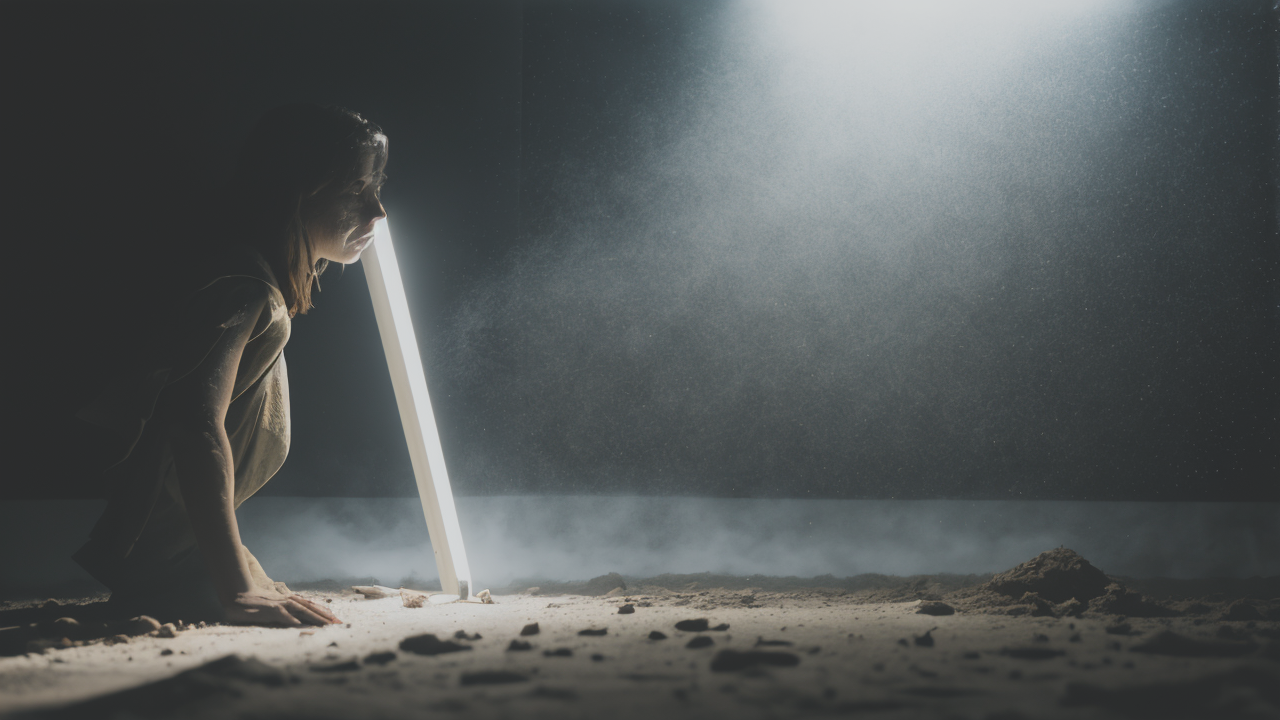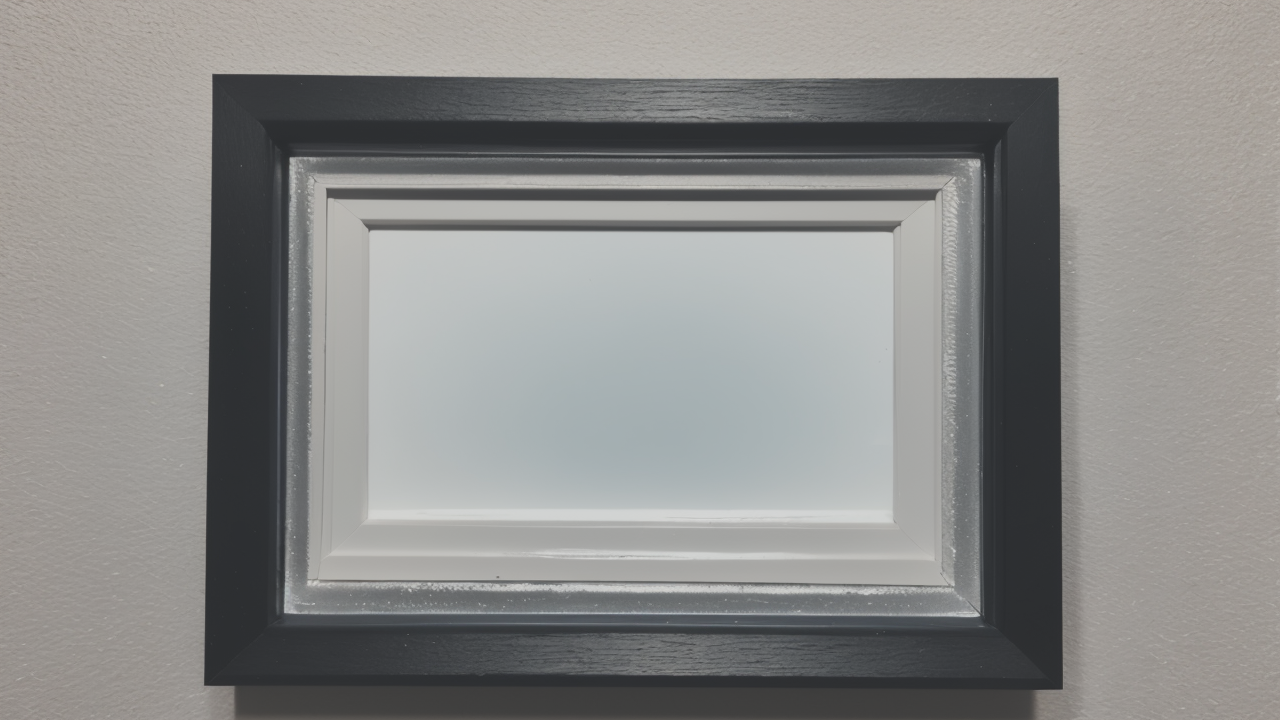
Texture in Drawing: Incorporating Plaster Elements for Depth and Dimension
Understanding Plaster as a Medium
The Historical Use of Plaster in Art
Plaster has been a key material in art for thousands of years. Ancient Egyptians used it to make masks and decorations. Greeks and Romans created stunning sculptures with plaster. During the Renaissance, artists used it to study human forms. They made plaster casts of bodies to learn anatomy. In the 20th century, plaster became popular in modern art. Artists like Alberto Giacometti made unique sculptures with it. Today, plaster is still widely used in art. It's great for sculpture, painting, and mixed media. Its long history shows how versatile and useful it is.

Properties of Plaster for Artistic Expression
Plaster is a special medium with many useful traits. It starts as a liquid and then hardens. This lets artists shape it easily. Plaster can be smooth or rough. You can carve it, sand it, or build it up in layers. It takes paint well, so you can make colorful art with it. When dry, plaster is light but strong. It can hold fine details or make bold textures. These qualities make it great for many types of art. Artists can try different methods to get various effects. Plaster is also affordable and easy to find. This makes it good for both new and experienced artists.
Preparing Plaster for Use in Textured Art
To use plaster in art, you need to prepare it right. First, pick the correct type of plaster for your project. Mix it with clean water in a clean bowl. Follow the package instructions for the right mix. Stir slowly to avoid bubbles. The mix should be smooth like cream. Let it sit for a few minutes before you use it. This helps bubbles rise to the top. Get all your tools ready before you mix. Plaster sets fast, so you need to work quickly. Wear gloves to keep your hands clean. Make sure your work area has good air flow. Being prepared helps you work better with plaster.
Techniques for Applying Plaster to Paper
Basic Tools for Application
To apply plaster to paper, you'll need these tools:

- Palette knives: For mixing and spreading plaster
- Brushes: Different sizes for making textures
- Sponges: To create special patterns
- Sandpaper: For smoothing dry plaster
- Carving tools: To add small details
- Spray bottle: To control wetness
- Mixing bowls: For preparing plaster
- Safety gear: Gloves and a dust mask
These tools will help you make many textures and effects in your art.
Step-by-Step Process for Texturing Art Pieces
- Set up your work area with a flat, clean surface.
- Mix your plaster to the right thickness.
- Put a base layer of plaster on your paper with a palette knife.
- Use tools to make texture while the plaster is wet.
- Let the first layer dry a bit before adding more.
- Add more layers slowly, using different methods.
- Make small details with carving tools when the plaster is partly dry.
- Let the whole piece dry fully before you finish it.
Remember, plaster dries fast. Practice these steps to get better at using it.
Creative Techniques to Achieve Varied Textures
Try these methods for unique textures:
- Stippling: Use a brush to make dots and spots
- Combing: Pull a comb through wet plaster for lines
- Impressing: Push objects into wet plaster for patterns
- Scratching: Draw in partly dry plaster
- Layering: Put on thin layers, letting each dry a bit
- Stamping: Use textured items for repeat designs
- Sponging: Dab a sponge for a natural look
- Dripping: Let plaster fall from above for fun effects
Try these ways to find your own style in plaster art.
Finishing and Preserving Your Artwork
Best Practices for Finalizing Plaster Textures
After your plaster art is dry, it's time to finish it. Start by lightly sanding rough areas. Use fine sandpaper to smooth without ruining the texture. Brush off dust with a soft brush. You can add a sealer to protect the surface. This can also make the plaster shine. To add depth, try painting lightly on raised parts. This makes the texture stand out. For color, use acrylic paints. They stick well to plaster. Be careful not to paint too much. You don't want to cover up the texture. Step back often to look at your work.

Methods for Preserving Artwork Integrity
To keep your plaster art in good shape:
- Store it in a dry place to avoid water damage
- Handle it carefully, as plaster can break
- Use good quality materials for framing
- Keep it out of direct sunlight to prevent fading
- Clean it gently with a soft, dry brush
- Add a protective coat for extra safety
- Think about professional framing for special pieces
- Keep artwork away from busy areas
These tips will help your plaster art last a long time.
The Role of Textured Art in Modern American Art
Textured art is important in modern American art. It adds depth and interest to artwork. Many artists use plaster to make unique textures. This method combines old and new art styles. Textured art makes people want to touch and explore it. In art shows, textured pieces often catch the eye. They look different from flat paintings. Plaster art lets artists try new things with shape. This fits well with modern art's goal of being creative. Because of this, textured plaster art keeps changing. It inspires new artists to try new ideas.


